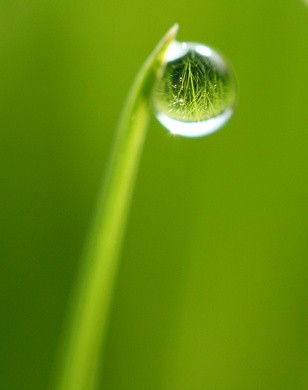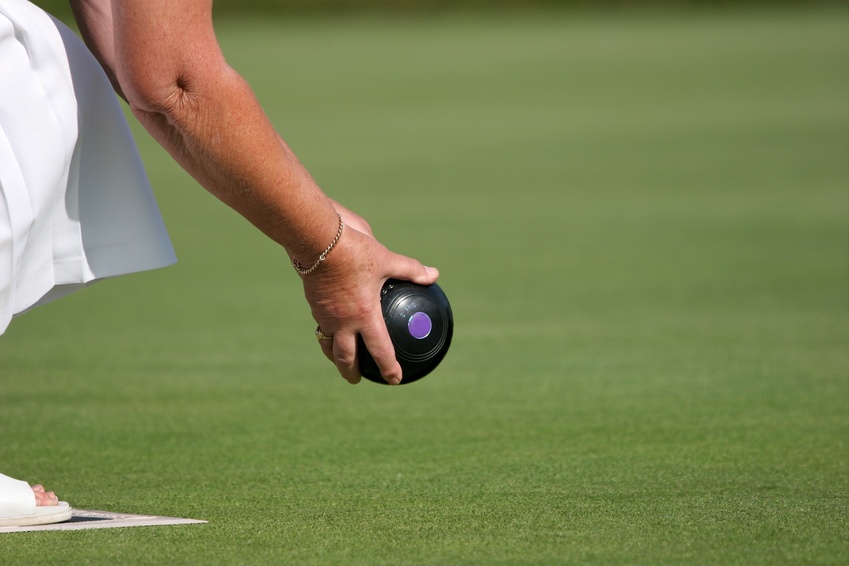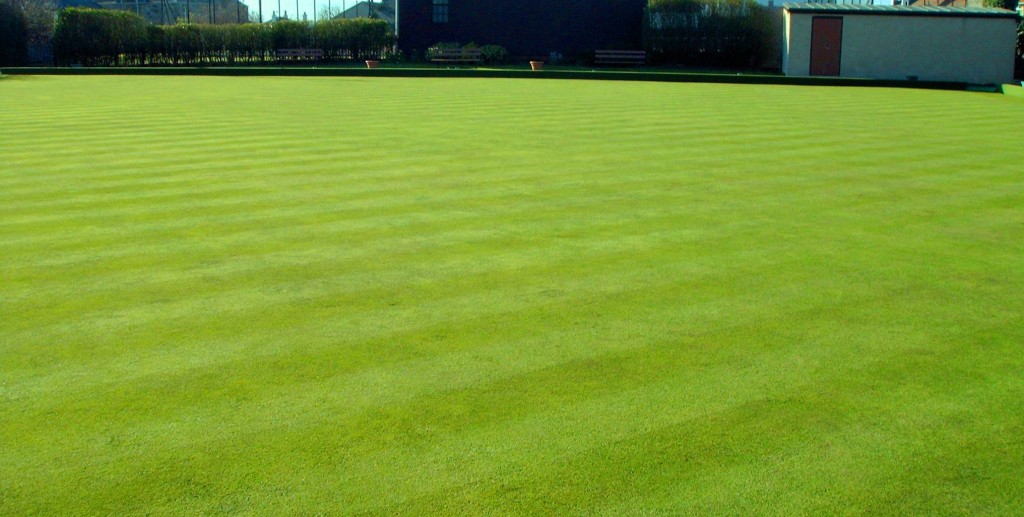During dry and hot weather the need to water your green properly can't be over emphasised. Although it can be tempting to let the green burn to achieve speed, this can turn to disaster and cause the green to fail later in the season.


During dry and hot weather the need to water your green properly can't be over emphasised. Although it can be tempting to let the green burn to achieve speed, this can turn to disaster and cause the green to fail later in the season.

By far the best selling of my eBooks available on this site is Performance Bowling Greens; it out sells all of the others by 10-1. Bowling green performance can seem a bit sketchy and hard to tie down to any sort of measurable parameter, but that's more to do with the lack of a joined up approach to the subject in the industry than it is a lack of measurable components. This article introduces the subject of the Performance Evaluation of the Bowling Green.

The watering of bowling greens is one of those critical issues in bowling that splits opinion across the game.
Some purists would see no artificial watering of greens regardless of how dry the weather gets. Some are in favour to different degrees; some would argue that the green should only be watered enough to keep it alive, while others demand that the green be watered heavily and often to keep it green.
For me the critical issue is as always performance.
We can argue about the right way to water or not water greens until the cows come home, but green performance is the only measure we should really be worrying about and that means we need to deal with individual greens on an individual basis.
Some greens, mainly those that haven’t been subjected to years of sandy top-dressings dry out evenly across the surface. As the weather gets drier, these greens get faster and smoother and everyone is happy. However, there is a point of no return for these greens also and a complete drought will see them go Read more

A very general title for today’s article, but it reflects the current industry desire for a fix all solution to achieving a good bowling green.
Most clubs are unhappy to some extent with the performance of their bowling greens.
This leads to an open ended search for solutions where the searcher i.e. the bowling club or bowling club management official simply looks for information from whatever source to help with the perennial problem of the bowling green.
If this is you, if you simply don’t know where to start in your quest for the truth about achieving a consistently good bowling green here is my suggested reading in order of importance. You can click on these links for more in depth information:
Have you ever played a great game of bowls when everything on the green was perfect; you read every twitch on the rink and it seemed like you had finally got the green the way you wanted it.
The disappointment when you return to the green the very next day, prepare the rink in completely the same way but get totally different and inferior results is maddening.
What went wrong? or maybe what went right?
Like green speed, there is much debate about surface consistency, both in terms of consistency across the green surface and consistency of playing conditions over the season.
In order of their impact on green surface consistency these are the top 7 factors that you should bear in mind. Obviously there are others such as weather patterns, level of play etc, but these are largely out of the greenkeepers control and in any case do not figure highly in the management of green consistency.